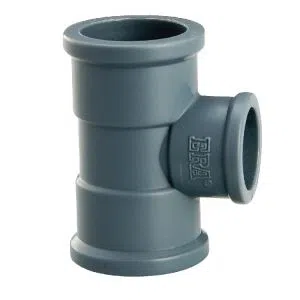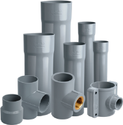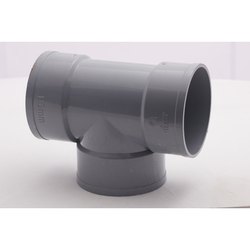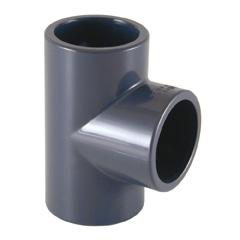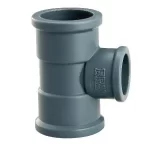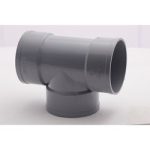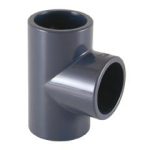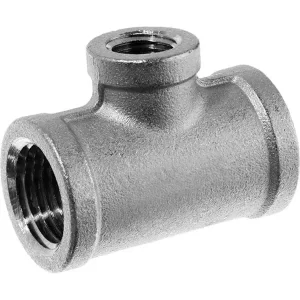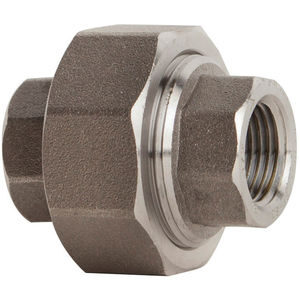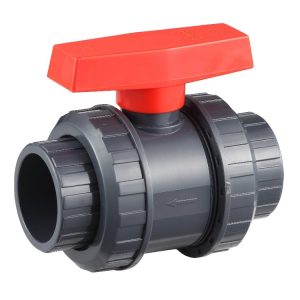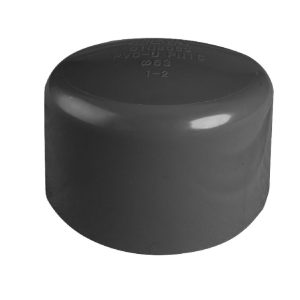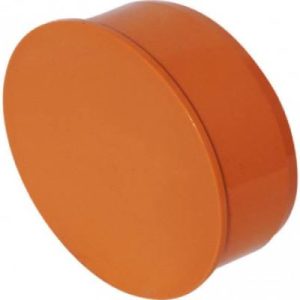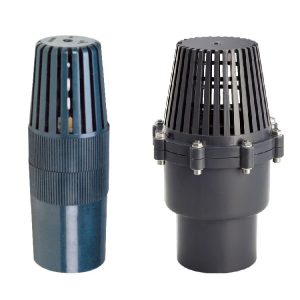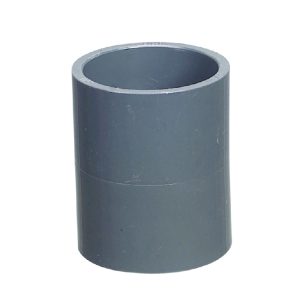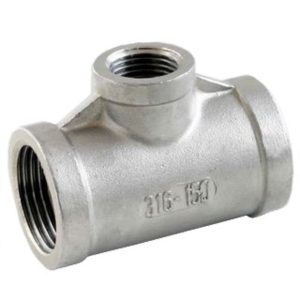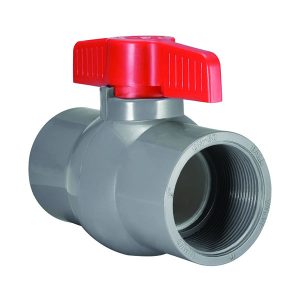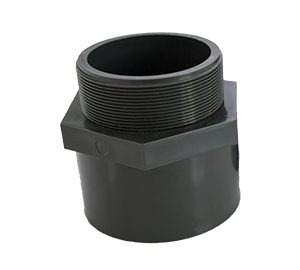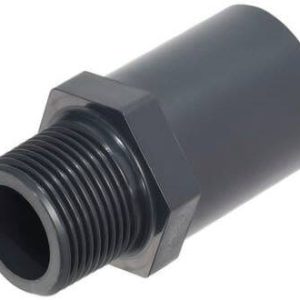PVC Tee
PVC Tees are used to join three pieces of PVC pipe of the same diameter, creating an interlinking change of directional flow within the pipe system.
PVC Tee
PVC tee is also known as PVC fitting tee or PVC pipe fitting tees. At the branch pipe of the main pipe, a PVC Tee junction is applicable. It has three doors: one for imports and two for exports, or two for imports and one for exports. PVC tees are chemical pipe fittings whose material is PVC. It is applicable for altering the direction of fluid flow. T-shape and Y-shape pipes, as well as equal diameter pipe orifices and decreasing orifices, are all available. Water transmission pipes, oil transmission pipelines, and diverse liquid chemical substance transmission pipelines can all benefit from it. Medicine, water conservation (water-saving irrigation, water supply and drainage), energy (oil, natural gas, nuclear industry), building, and other engineering areas mostly employ it.
Description
PVC tees have three ends: two in a straight line and one at a 90-degree angle on the side. The usage of tees are to break a line into two distinct lines at a 90-degree angle. Tees can also join two lines into one main line. They’re also applicable to a lot of PVC buildings. Tees are a flexible fitting that is one of the most often applicable parts in the plumbing industry. Although the majority of tees have sliding socket ends, threaded variants are also available. They’re composed of a variety of materials and come in a variety of sizes and finishes. Pipe tees are commonly applicable to transmit two-phase fluid mixes in pipeline networks.
PVC tee fittings are made of polyvinyl chloride (PVC) and are intended to be used as an additional layer of protection over insulated pipe fittings. It is an impact-resistant and long-lasting material that may be used both indoors and out. PVC tee fittings are designed to endure damage and may be utilized in applications with a service temperature of 0°F to 150°F.

